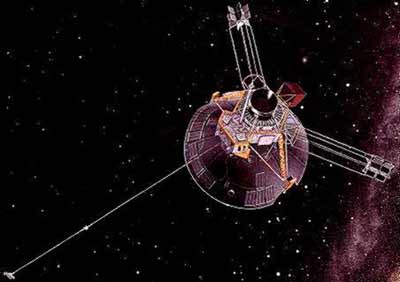
This unknown force doesn’t seem to get weaker as the probe goes further into space, and astronomers and physicists are seriously considering the possibility of a new force of nature.
Dr Philip Laing, a member of the research team tracking the craft, said: “We have examined every mechanism and theory we can think of and so far nothing works. If the effect is real, it will have a big impact on cosmology and spacecraft navigation,” said Dr Laing, of the Aerospace Corporation of California.
When scientists initially observed this effect, they believed it to be a gas or heat leak of some sort, but these theories have been proven wrong already. However, you shouldn’t think this force is extremely powerful. It’s in fact 10 billion times weaker than gravity, changing the probe speed at about 10 km/h per century. Still, the fact that the force doesn’t decrease with distance is extremely remarkable.
Of course, the next natural assumption was some sort of malfunction of the probes. However, at a closer look, the absolute same effect was observed on the Galileo and Ulysses probes.
Dr Duncan Steel, a space scientist at Salford University, says even such a weak force could have huge effects on a cosmic scale. “It might alter the number of comets that come towards us over millions of years, which would have consequences for life on Earth. It also raises the question of whether we know enough about the law of gravity.”






